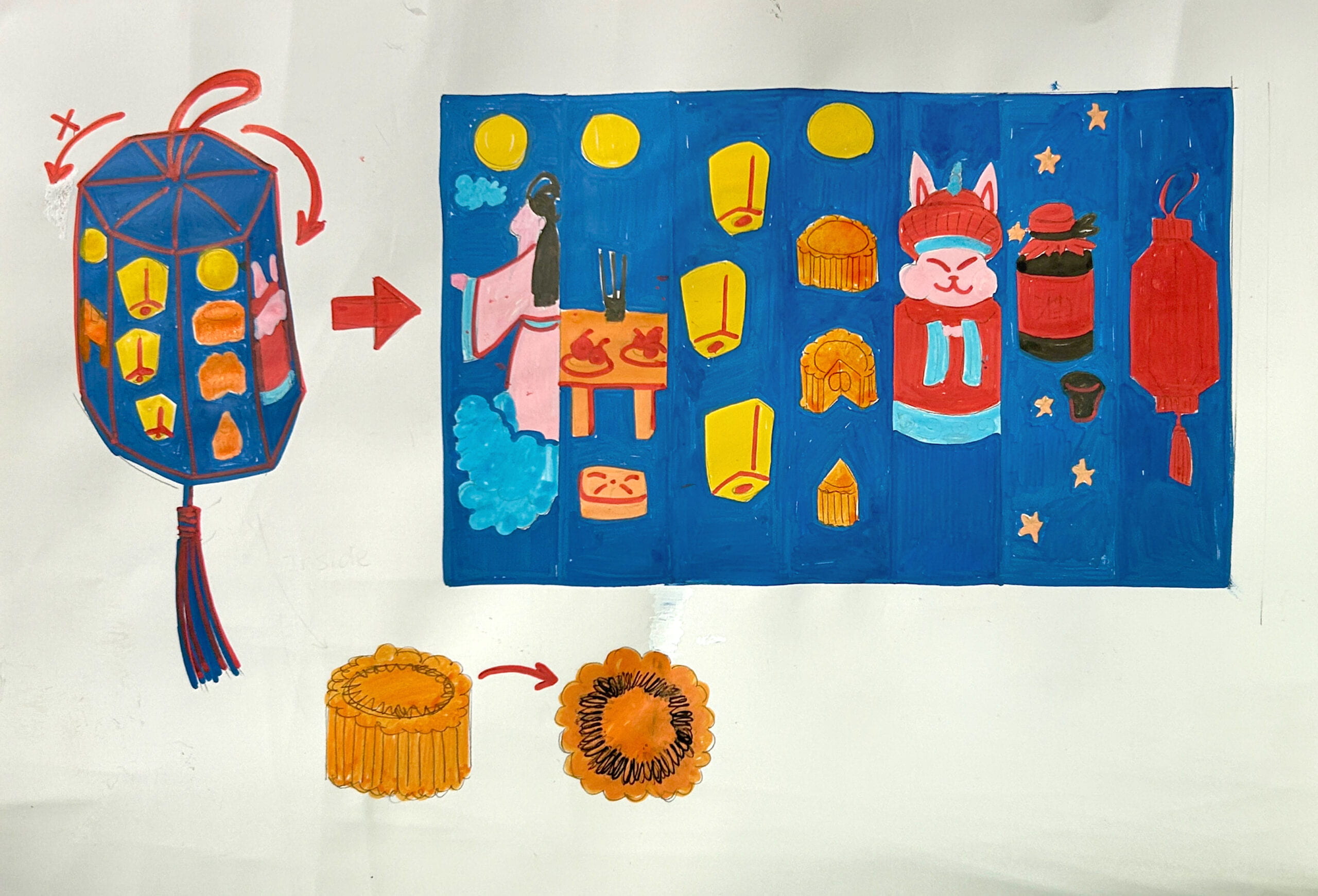
In our drawing, Nuo and Kitty selected the lantern package of mooncakes as a technology to present our Mid-autumn history. The lantern can only rotate in a clockwise direction. We intentionally adopt this direction to make the aliens aware that in our human understanding and language, order is presumably important, which is significantly different from the aliens. Furthermore, the 2D floor plan of the lantern can be divided into 7 parts, because we believe that 7 is a significant number to the alien, given that their body structure can have 7 directions.
As Chiang has suggested, the aliens and our humans have different mindsets to understand how the world functions. “We experienced events in an order and perceived their relationship as cause and effect. They experienced all events at once, and perceived a purpose underlying them all. A minimizing, maximizing purpose (30-31).” Our human beings understand the world in a chronological way, which corresponds to our writing language’s asymmetrical, divisibility and order. However, the aliens can predict how the world is developing and conceive all the possibilities, that correspond to their writing language’s symmetrical, indivisiblity and without an order. In general, we wanted to use asymmetrical images with a clockwise direction to indicate the difference between the alien’s and humans’ communication styles.
We believe that although aliens and humans adopt different language systems, the most vivid way is to present the real things in the world to make them understand better. So we decided to represent the original appearance of things as faithfully as possible, to return to nature. Also, we want to have a core concept that conforms to the alien’s symmetric, so we make the mooncake the focus of the whole picture on the lantern.
More specifically, in the first image, we utilize a symbolic image of a girl, moon, and cloud, indicating that the legend of Chang’e flying to the moon is the origin of the Mid-Autumn Festival. In the second image, we present incense, a table, sacrificial food, and cushions. The table and cushions are uniform with the mid-autumn style, and the cushions look like a mooncake too. It introduces that since the Zhou Dynasty, worshiping the moon has been an important custom. The third painting introduces how the Kongming Lantern has gradually become a Mid-Autumn Festival custom since the Three Kingdoms. The fourth painting indicates that in the Ming Dynasty, eating mooncakes during the Mid-Autumn Festival gradually became popular among the people. In the fifth picture, it indicates that at the end of the Ming Dynasty and the beginning of the Qing Dynasty, people began to like to worship Lord Rabbit. In sixth picture, in about the Qing Dynasty, people began to like to drink osmanthus wine during the Mid-Autumn Festival. In the last picture, we would like to introduce the lantern riddles that were very popular in the late Qing Dynasty. We hope that through rich Chinese folk activities, aliens can feel the changes of time on humans.
Finally, we present an enlarged picture of the mooncakes with the words “Gift to our friends” in the alien’s language. As Chang indicates, the alien’s language “didn’t appear to be writing at all; it looked more like a bunch of intricate graphic designs (12).” We hope through this gift, the aliens can feel the charm of the Mid-autumn Festival.
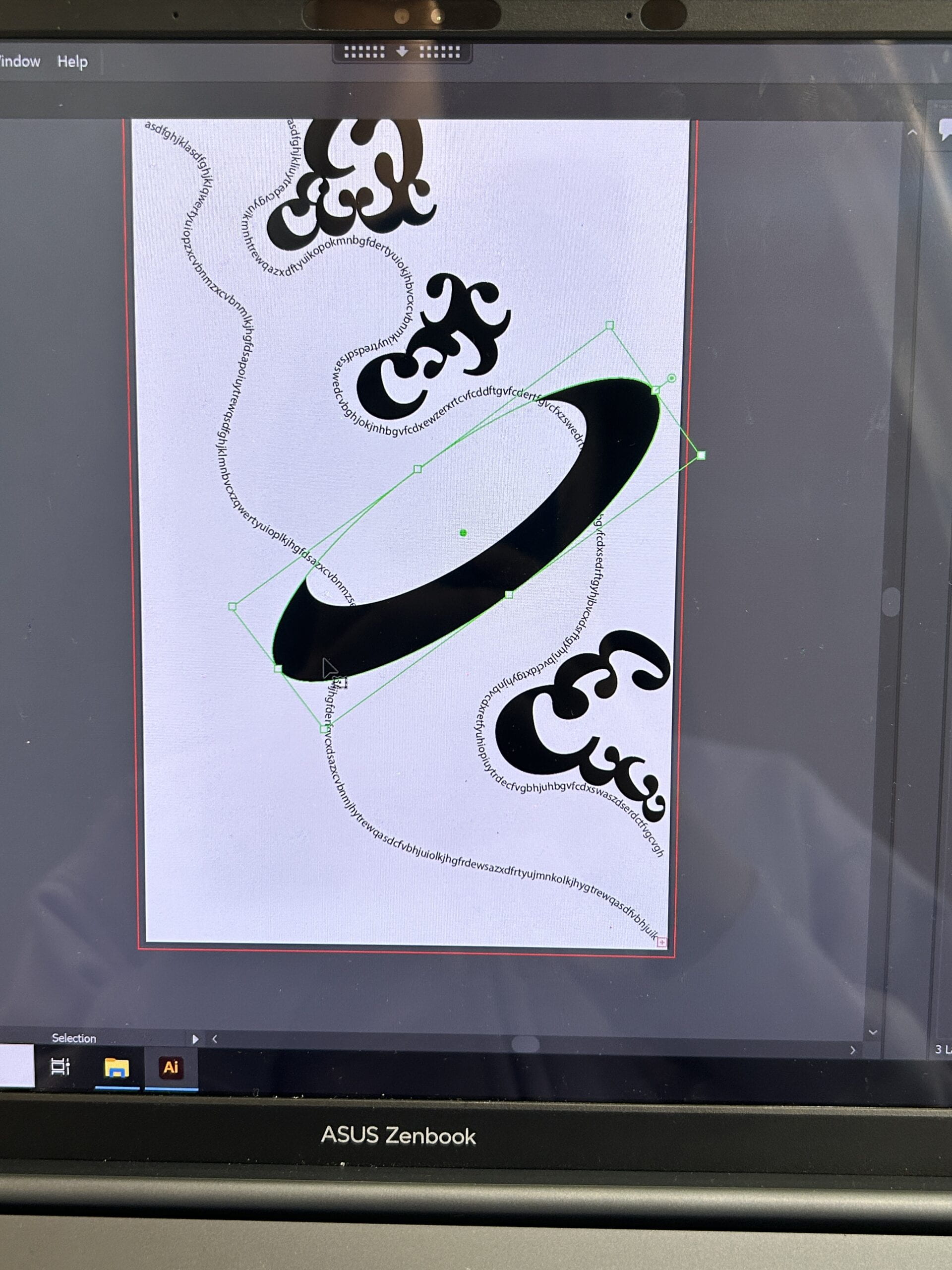
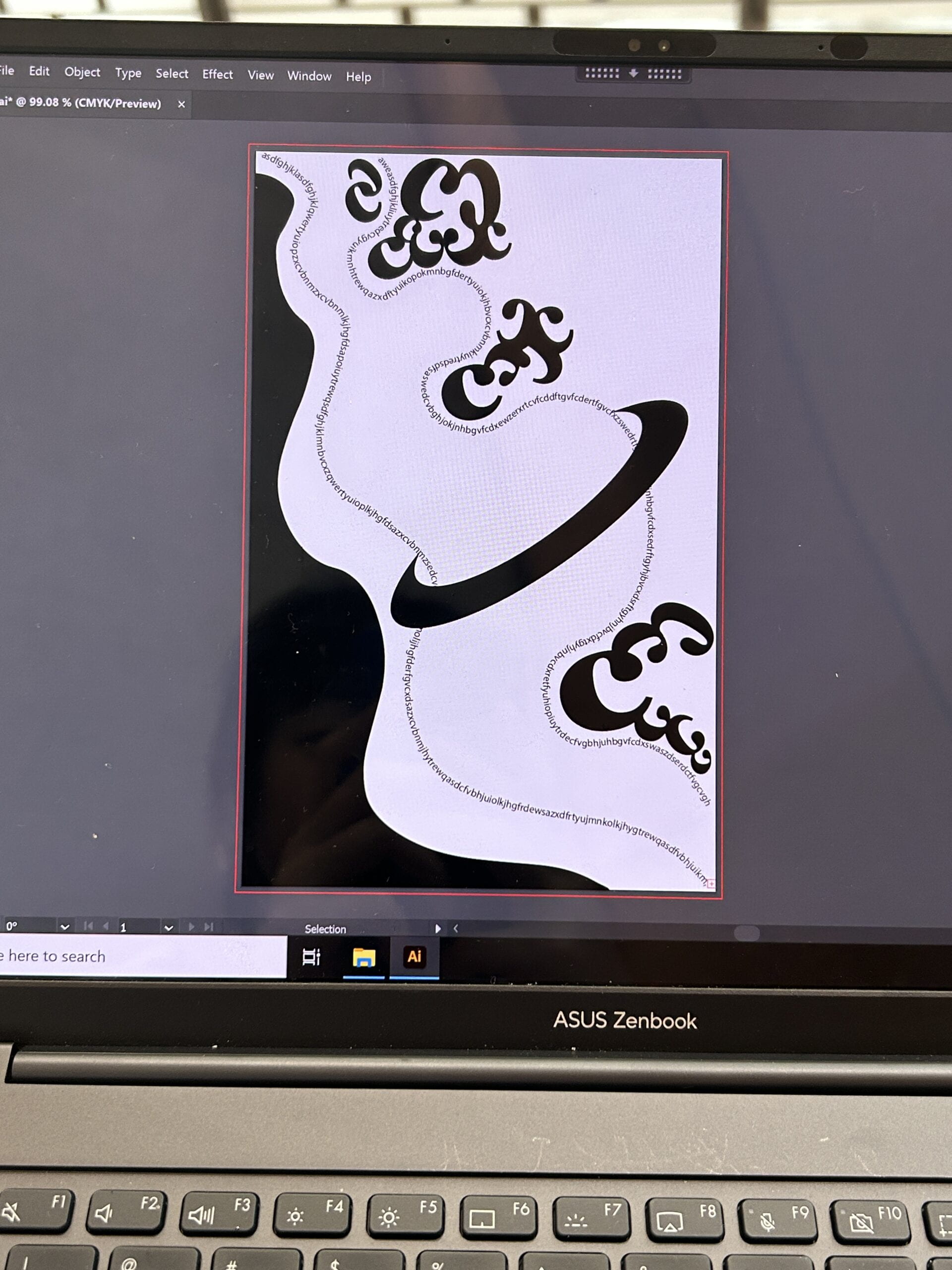
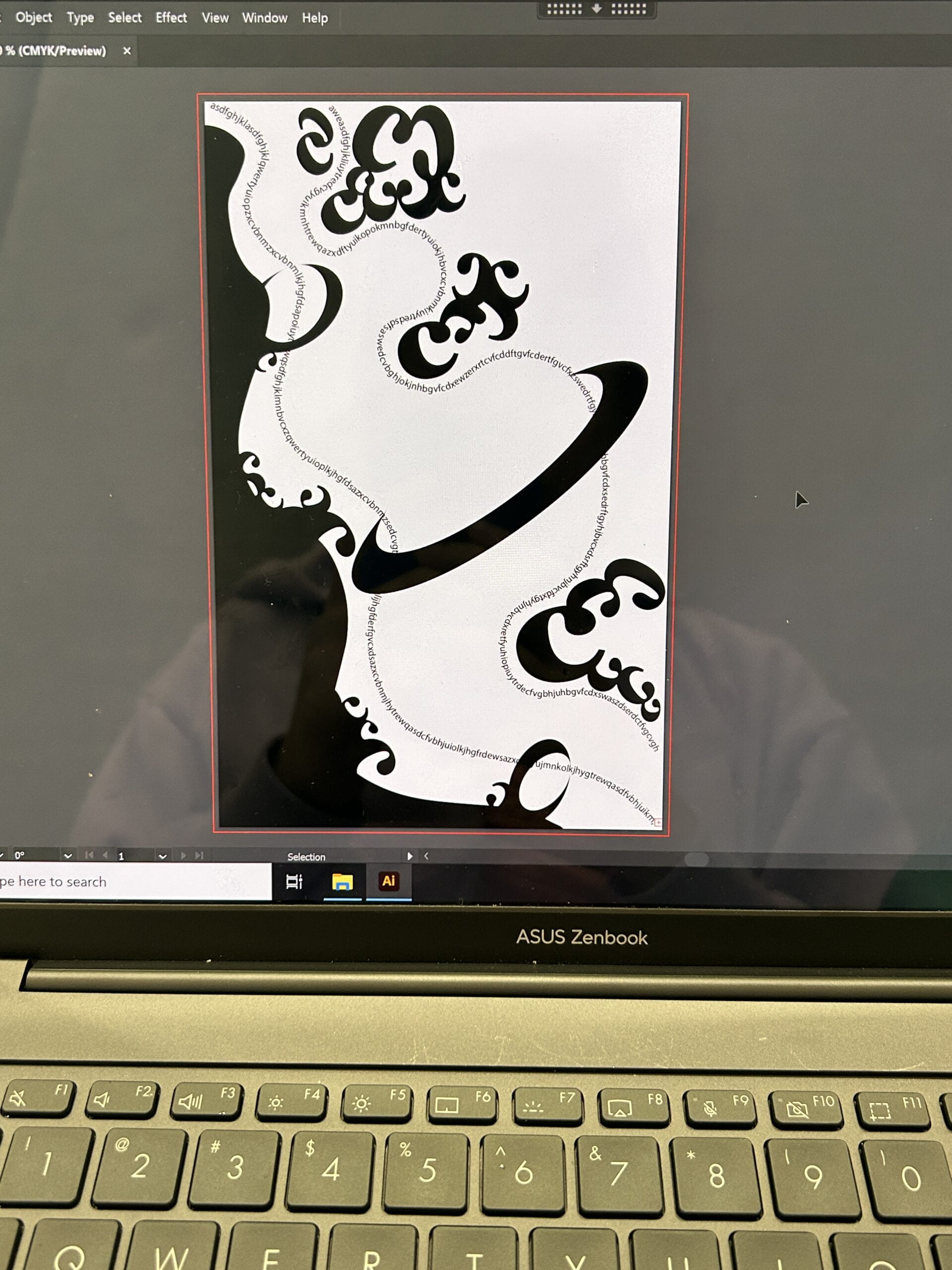
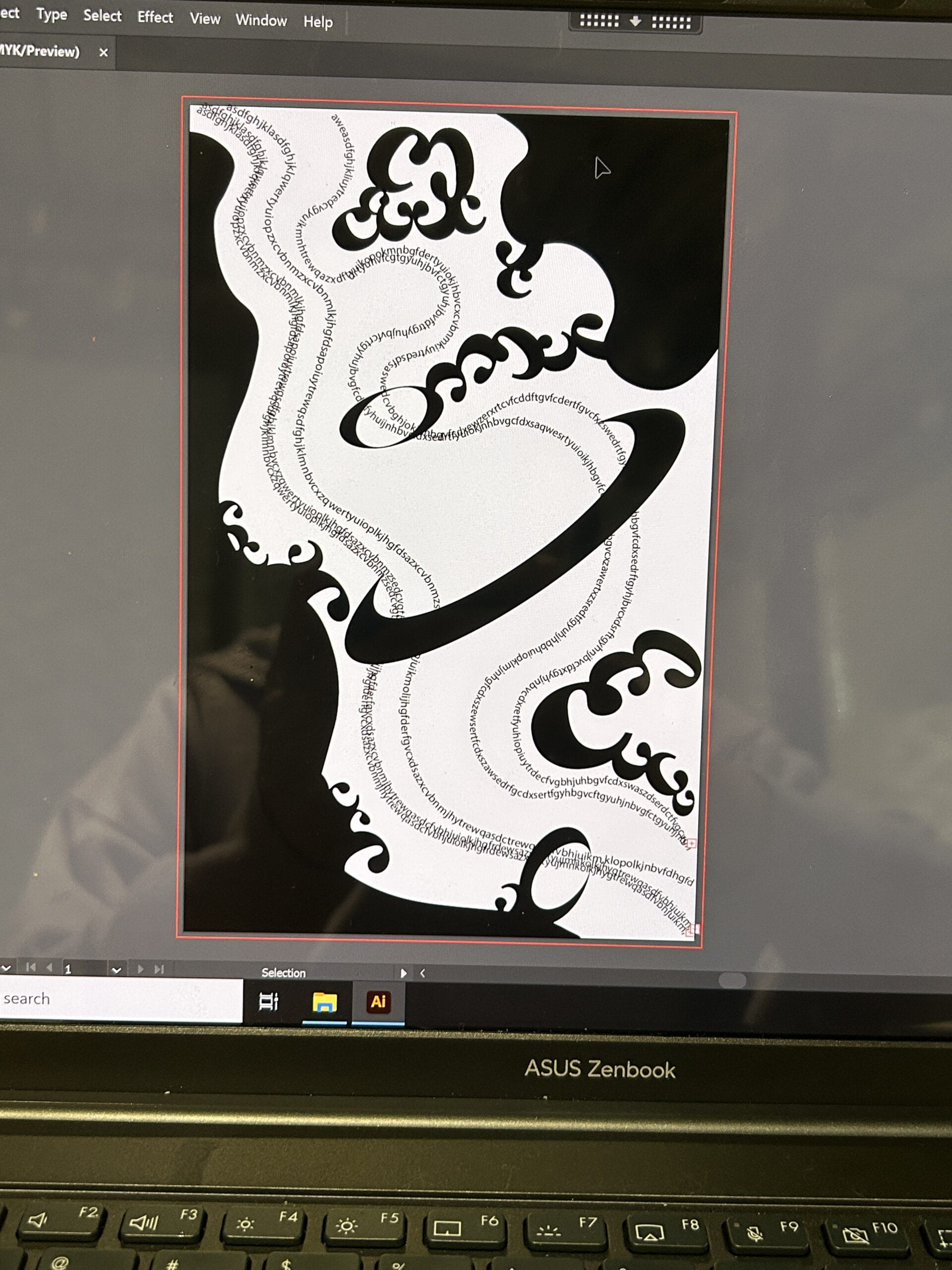



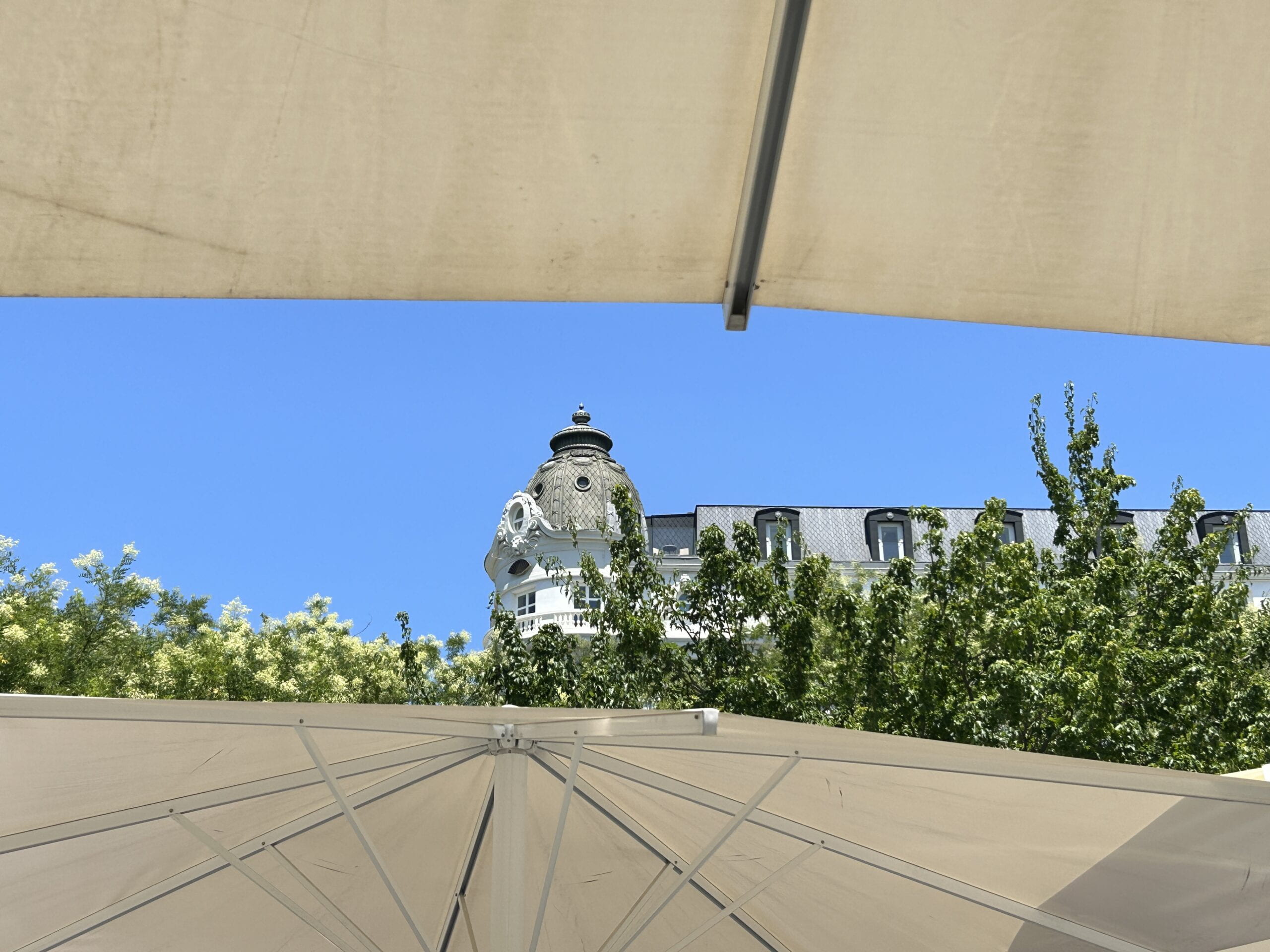 This is my first communications lab blog post. Looking forward to exploring more possibilities!
This is my first communications lab blog post. Looking forward to exploring more possibilities!